Politics
Kalonzo Musyoka’s 2027 Presidential Ambitions: A Political Gamble or a Real Shot?
Kalonzo Musyoka has long been the dominant political figure in Kenya’s Eastern region, especially in Ukambani, where he commands significant influence. As the leader of the Wiper Democratic Movement, he has played a pivotal role in Kenyan elections. However, his frequent position as a coalition player—more of a kingmaker than the king—has fueled perceptions that he lacks the assertiveness and drive needed to claim the presidency for himself.
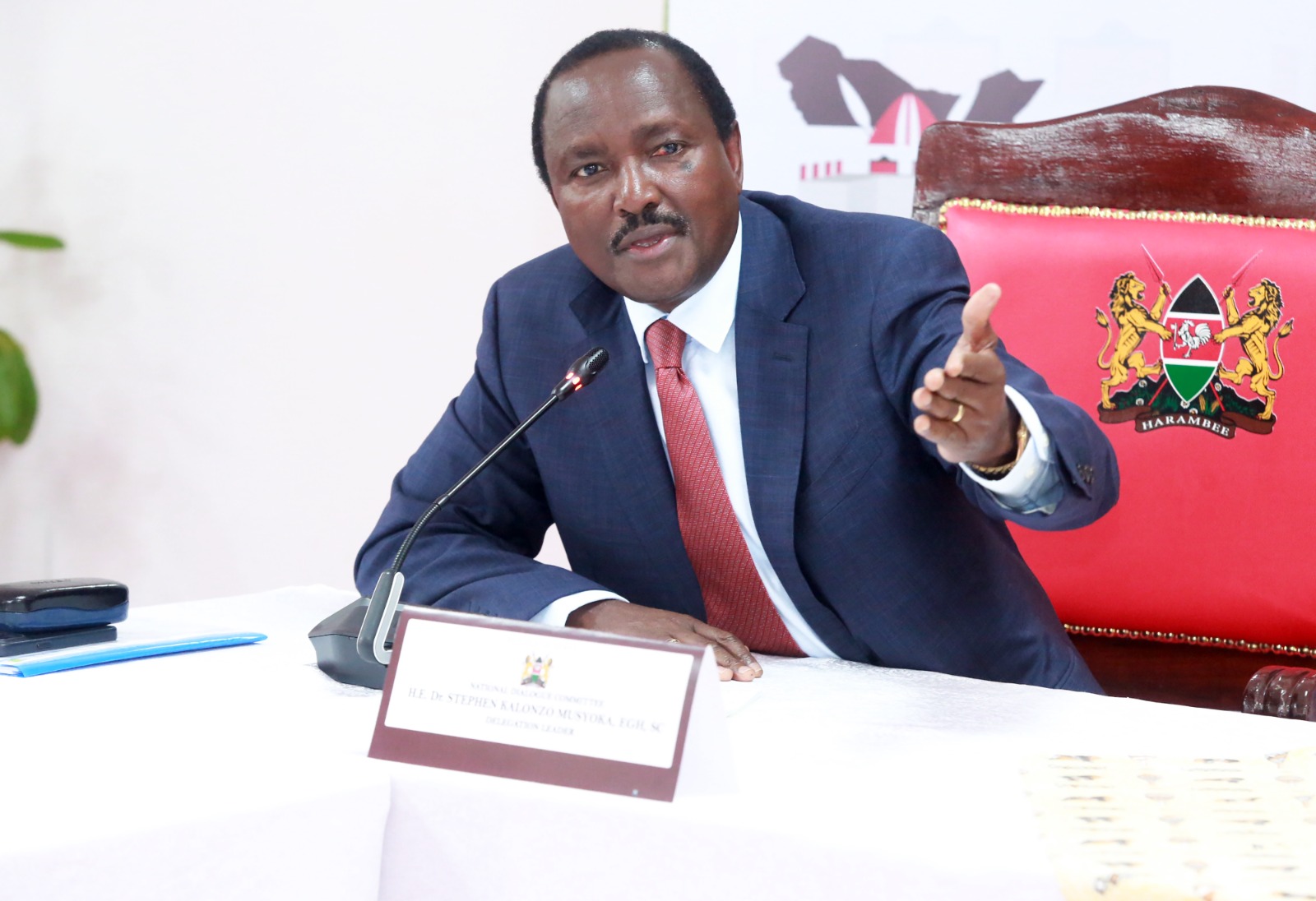
Can Kalonzo Musyoka Win the 2027 Presidency? Exploring His Political Strategy, Mt. Kenya Courtship, and Potential Running Mate Choices.
Stephen Kalonzo Musyoka, aged 70, has been a mainstay in Kenya’s political arena for decades, always positioned near the apex of power but never quite clinching the highest office. With the 2027 presidential race already casting long shadows, Kalonzo is gearing up for what could be his final serious bid for the presidency. However, his chances of winning are clouded by a mix of political advantages, enduring shortcomings, and the shifting dynamics of Kenya’s electoral map, particularly in the pivotal Mt. Kenya region.
Kalonzo’s Political Legacy and Persona
Kalonzo Musyoka is often viewed as a seasoned statesman, having built a career marked by calculated caution, consensus-building, and moderation. He is respected for his diplomatic prowess, serving as Kenya’s Vice President under President Mwai Kibaki and holding high-level positions in regional peace efforts, particularly in South Sudan and Somalia. He has cultivated an image as a gentleman politician, priding himself on his clean record, something that could work in his favor against competitors with more baggage.
Politically, Kalonzo has long been the kingpin of Kenya’s Eastern region, particularly in Ukambani. He leads the Wiper Democratic Movement, a significant political force in Kenyan elections. However, his tendency to act as a coalition player—often being a kingmaker rather than the king—has led to perceptions that he lacks the assertiveness and fire required for the presidency. His supporters, nonetheless, see him as the right candidate to heal divisions in a polarized nation and project stability and diplomacy on the global stage.
Political Shortcomings
While Kalonzo’s reputation as a statesman is solid, his political style has several shortcomings that could hinder his path to State House:
- Perceived Indecisiveness: Over the years, Kalonzo has been criticized for being politically cautious, which some interpret as indecisiveness. His hesitation to break from political alliances, particularly his long-standing allegiance to Raila Odinga, has created the perception that he is not bold enough to chart his own independent course.
- Lack of Nationwide Appeal: Despite his dominance in the Ukambani region, Kalonzo has struggled to build a truly national appeal. His influence outside his traditional stronghold is limited, and he has yet to demonstrate an ability to excite voters across the country.
- History of Coalition Politics: Kalonzo’s role in multiple political coalitions, including his significant partnership with Raila Odinga’s Azimio la Umoja in 2022, has often placed him in a secondary position, with critics labeling him a perpetual “number two” in presidential races. Breaking free from this image will be a challenge.
Courting the Mt. Kenya Vote: A Game-Changer?
Lately, Kalonzo has turned his attention to the politically powerful Mt. Kenya region. In 2022, the region nearly voted in unison for President William Ruto, but political cracks are starting to show. Ruto’s fallout with several Mt. Kenya leaders, coupled with dissatisfaction in some quarters about his governance style and promises, has left the region open for new suitors.
Kalonzo’s recent overtures to Mt. Kenya could be a smart move, but the region is notoriously difficult to capture without a clear and compelling message. Traditionally, Mt. Kenya voters have been strategic, seeking alliances with candidates who seem capable of winning and who promise to protect their economic interests. Kalonzo must work to shake off perceptions that he is a perennial coalition player with limited influence if he is to convince Mt. Kenya voters that he is a viable alternative to Ruto. He will also need a running mate from the region to bolster his chances.
Can Mt. Kenya Votes Translate into Victory?
While Kalonzo’s courting of the Mt. Kenya bloc is a step in the right direction, it’s too early to tell if it will translate into votes. The region is known for pragmatic voting patterns, and while some dissatisfaction with Ruto may exist, Kalonzo must build a strong narrative of how he will address Mt. Kenya’s economic and social concerns. He would also need to exploit any emerging divisions within the United Democratic Alliance (UDA) that could weaken Ruto’s stranglehold on the vote-rich bloc.
The success of Kalonzo’s Mt. Kenya strategy will likely depend on his ability to:
- Convince Mt. Kenya leaders and the electorate that he is a credible candidate who can deliver on their priorities, from economic stability to infrastructure development.
- Choose a running mate from the region, someone with deep roots and influence, to solidify his support base.
Who Will Be His Running Mate?
The choice of a running mate is critical to Kalonzo’s chances, especially in a polarized political landscape where ethnic alliances play a key role. For Kalonzo, a running mate from the populous and politically influential Mt. Kenya region seems almost inevitable. Some potential figures include:
- Peter Kenneth: A former Gatanga MP, Kenneth is a respected leader with a clean record and considerable clout in Mt. Kenya. He was a key figure in Raila Odinga’s 2022 campaign and could lend credibility and appeal to Kalonzo’s bid.
- Martha Karua: Karua, who was Raila Odinga’s running mate in the 2022 elections, remains a strong force in Mt. Kenya politics. However, her recent loss might hinder her appeal, and Kalonzo might prefer to pick a fresh face with broader regional appeal.
- Justin Muturi: As the current Attorney General and a former Speaker of the National Assembly, Muturi has deep ties within the Mt. Kenya political class. He could help Kalonzo shore up critical support in the region.
Whoever Kalonzo picks must have deep political capital within Mt. Kenya, as the region will be critical in determining whether he stands a real chance of clinching the presidency.
The Path to 2027: Can Kalonzo Win?
Kalonzo’s path to the presidency in 2027 is fraught with challenges but not impossible. He will need to address his political shortcomings, including his perceived indecisiveness and the limited appeal beyond Ukambani, while building a broader coalition that cuts across ethnic and regional lines. His courtship of Mt. Kenya, while a smart move, must be carefully executed to ensure it translates into actual votes.
Additionally, the political landscape in Kenya can shift dramatically in the years leading to the election, and Kalonzo’s ability to capitalize on these shifts—whether by exploiting cracks in Ruto’s support or forging new alliances—will be critical.
In the end, Kalonzo must project himself not just as a seasoned politician but as a transformative leader capable of uniting the country, addressing key economic issues, and safeguarding Kenya’s democracy. If he can do that, and if he can successfully woo Mt. Kenya and other key regions, he may yet stand a chance to fulfill his long-standing ambition of becoming Kenya’s fifth president.
Politics
William Ruto’s First Year: Promises Made, Struggles Persist
President Ruto cannot fulfil his manifesto unless he curbs runaway corruption and holds culprits accountable. The rule of law requires recovering proceeds of crime and prosecuting offenders for economic sabotage. This strategy would reduce the need to overburden Kenyans with taxes and additional borrowing.
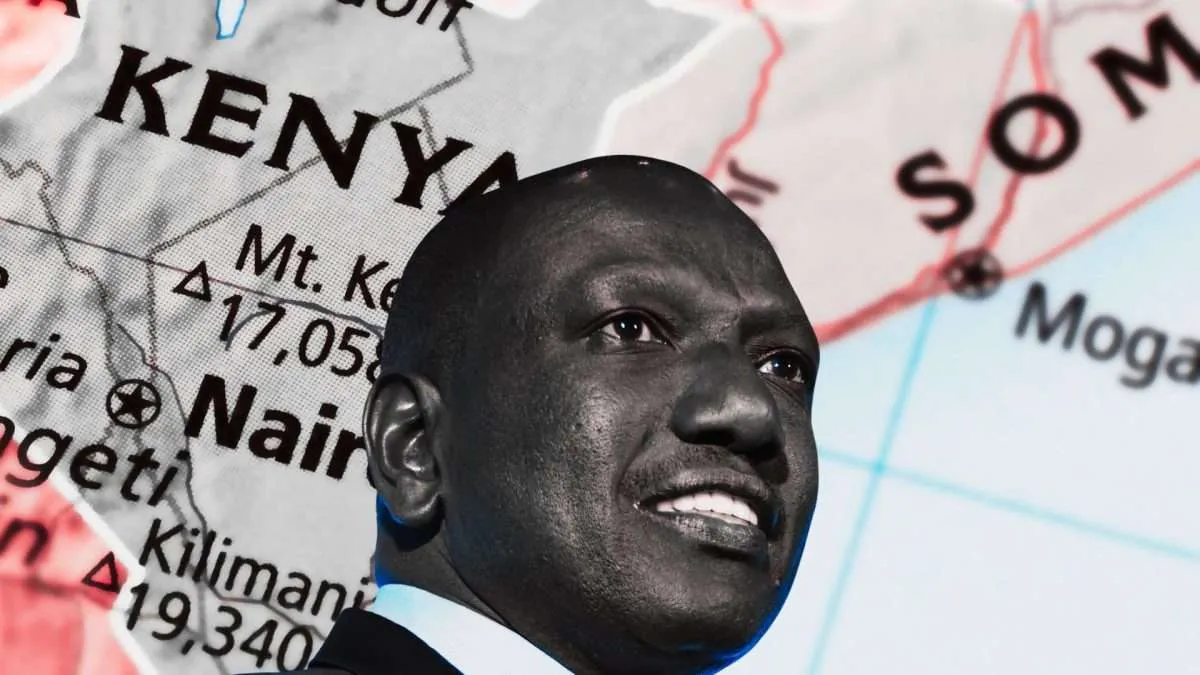
: Kenya’s President William Ruto faces challenges in fulfilling promises on governance, the economy, and national cohesion. Can he turn things around before 2027?
It’s more than a year since President William Ruto was sworn into office as Kenya’s fifth president.
He took office during a period of rising food and fuel prices, high unemployment, and a troubling debt burden in Kenya.
During the election campaign, Ruto promised to fix an economy afflicted by corruption and ineptitude. He promised to entrench good governance and place the poor at the centre of economic policy.
He pledged to address ethnicised politics and to uphold constitutionalism and the rule of law.
Ruto’s promises were significant. The rule of law and constitutionalism are key to economic planning and development, governance and equitable sharing of national resources.
They are the guardrails against impunity, democratic backsliding, lawlessness and political instability.
Throughout Kenya’s postcolonial period, the political elite have exploited ethnicity to obtain power at the expense of the collective well-being and social cohesion.
Elite entitlement has also weakened state institutions, leading to corruption and impunity.
I have studied democratic transitions, conflict and state building and elections in Africa.
My 2018 book examined how the political class had exploited ethnicity for political and economic advantage, resulting in weak and even dysfunctional state institutions in Kenya.
In his election campaign, Ruto identified the major issues that required urgent attention.
He addressed issues that needed swift action without constitutional changes, such as thawing the tension between the executive and the judiciary, decoupling the police finances from the executive, and taking port operations back to the coastal city of Mombasa from the inland town of Naivasha.
But resolving Kenya’s economic hardships has proved a hard nut to crack, as his 9 November 2023 State of the Nation address acknowledged. Just over a year since he was sworn in, Ruto is no nearer to turning the Kenyan ship around.
ECONOMIC TURBULENCE
As a candidate, Ruto portrayed himself as an outsider to Kenya’s power matrix who was best placed to improve the living conditions of the poor and excluded. But the economy has not improved under his watch. If anything, living conditions have worsened.
The cost of living is higher after a steep increase in the petrol price and the local currency’s loss of value. Ruto’s government has imposed new and increased taxes on Kenyans, ostensibly to reduce or remove the need for external borrowing.
The government was quick to remove fuel and food subsidies but has been slow to address government wastage.
The government’s key strategy was to subsidise fertiliser to boost harvests and achieve food security. It remains to be seen whether this will happen.
More deliberate measures are required to turn around agriculture as the mainstay of the economy.
On the question of centring the poor and marginalised in governance, Ruto focused on the financial sector. The government rolled out the “Hustler Fund” to make credit more affordable.
But the fund’s impact on overall living standards through job creation, for instance, is likely to be cancelled out by a punitive tax regime and a struggling economy.
RULE OF LAW
Ruto’s first public event as president was to approve the appointment of six judges left in limbo by his predecessor, Uhuru Kenyatta. He also made good on his promise to allocate more funding to the judiciary.
However, to entrench the rule of law and constitutionalism calls for more than this. Judicial officers must act with utmost integrity. To affirm equality before the law, errant senior state officers and the political elite must face the law and if found guilty sanctioned decisively.
The Kenyan judiciary is still bedevilled by corruption that impedes access to justice. Disturbingly, it is seen as more inclined to punish the poor while letting the rich and political elite act with impunity.
Ruto himself has obeyed court rulings that went against him, unlike under Kenyatta, when disregard for the law was the norm. Critics, however, including the Law Society of Kenya, have accused his administration of disobeying court orders like his predecessor.
Ruto spoke out against extrajudicial and summary executions and enforced disappearances perfected by the police over the years.
He sought to accord the police financial and operational autonomy. Thus he transferred accounting for the police budget to the police as he had promised.
Despite these changes, a culture of impunity and lack of transparency continues to undermine the Kenyan police. Extrajudicial executions continue. The police must be placed under civilian oversight as envisaged under the constitution.
The failure to set up a commission of inquiry into state capture under his predecessor, as promised during campaigns, dented Ruto’s commitment to the fight against corruption. A year later, a commission of inquiry has not been formed and the issue seems to have been abandoned altogether.
It is unlikely that Ruto will fulfil his manifesto unless he reins in runaway corruption and the culprits are held to account.
The rule of law demands that proceeds of crime be recovered and offenders charged for economic sabotage. This approach would obviate the need to burden Kenyans with taxes and more borrowing.
NATIONAL COHESION
Appointments to government positions have been undermined by the age-old problems of recycling appointees, patronage, nepotism and ethnicity. Just as worrying are senior government officials publicly advancing exclusionary ethnic politics with impunity. Ruto must rein them in.
It is also a setback that Ruto acceded to talks to assuage the opposition elite who had resorted to violent protests against his historic victory. These elitist self-serving talks could lead to constitutional amendments creating more political positions under a cynically flawed logic that this approach enhances national cohesion.
This is an about-turn on Ruto’s part.
Ultimately national cohesion is Ruto’s pressing challenge.
Kenya is divided on many fronts – economic, ethnic, regional and religious – a legacy of previous governments.
Ruto needs to look beyond ethno-regional appointments. For legitimacy and transformation, he needs to ideologically reconnect with and dignify the “hustler nation”, the disenfranchised constituency that propelled him into power. Bar this, he could face an intensely contested reelection bid like his predecessors.
Politics
Rigathi Gachagua’s Impeachment: A Political Conundrum for Ruto’s Administration
Former Deputy President Rigathi Gachagua’s impeachment has transformed Kenya’s political landscape, marking the first event of its kind under the 2010 Constitution.
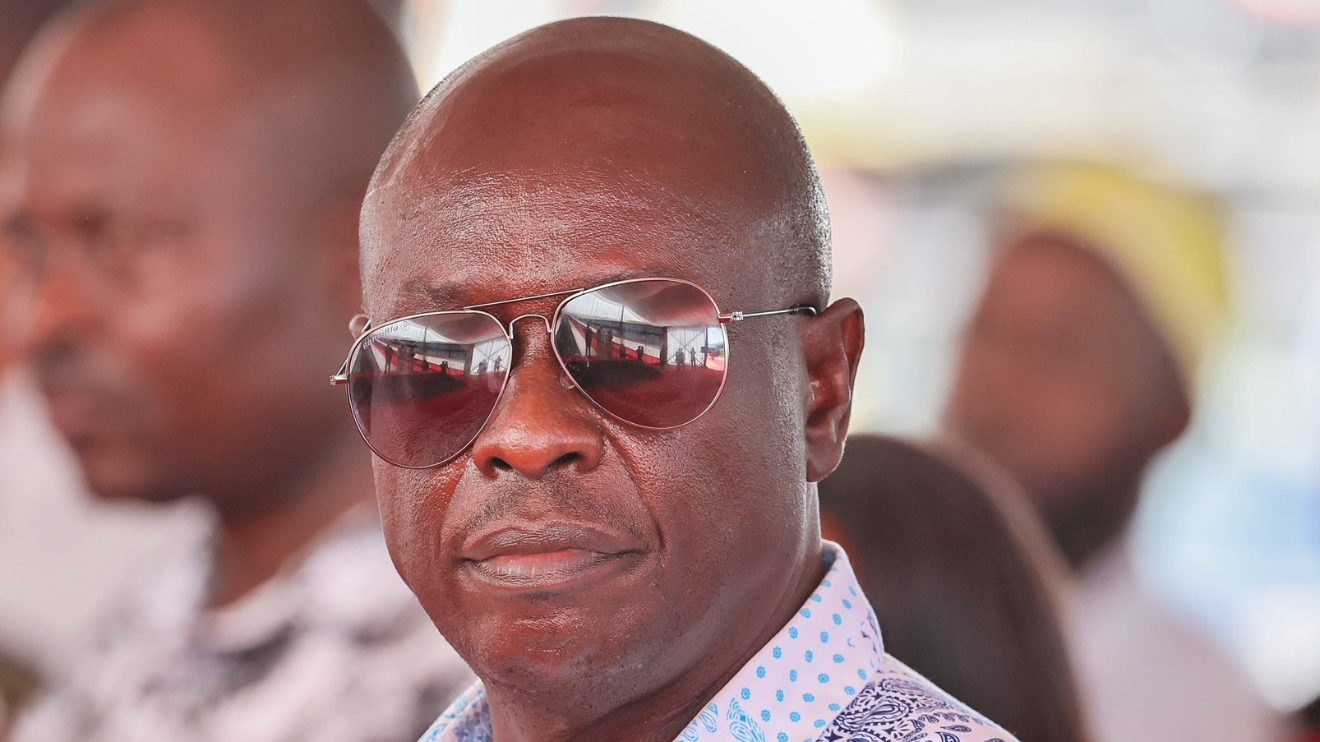
: Explore the political crisis after Rigathi Gachagua’s impeachment, its impact on William Ruto’s leadership, and the road to Kenya’s 2027 elections.
The impeachment of former Deputy President Rigathi Gachagua has upended Kenya’s political landscape, marking the first instance of such an event under the 2010 Constitution.
Accused of divisive politics and judicial interference, Gachagua’s ousting has ignited significant political tensions, particularly within the populous Mt. Kenya region, which has been a cornerstone of President William Ruto’s support base.
Gachagua has vocally criticised Ruto, describing his former ally as “vicious” and accusing him of orchestrating the impeachment.
In a fiery statement, Gachagua claimed, “The man I helped to become president has betrayed me,” while also alleging threats to his safety.
His impeachment has left the deputy presidency in limbo, with a court temporarily halting the appointment of Interior Minister Kithure Kindiki as his replacement.
Impact on Ruto’s Political Strategy
This political rift presents a dual challenge for Ruto. On one hand, it exposes cracks within the ruling coalition, with some legislators fearing backlash in their constituencies for supporting Gachagua’s removal.
On the other, it provides opposition leaders an opportunity to capitalise on perceived disunity within the government, potentially reshaping alliances as the 2027 elections approach.
Moreover, Gachagua’s removal has highlighted the volatile nature of Kenyan politics, where loyalty often shifts based on regional and ethnic dynamics.
Analysts believe Ruto must now tread carefully to maintain his hold over Mt. Kenya, a region critical to his electoral prospects.
The Way Forward
The administration must immediately stabilize governance by resolving the court dispute over Gachagua’s replacement or reconciling with dissenting factions.
Political analysts suggest that Ruto should focus on unifying his coalition and delivering tangible results to counter opposition narratives.
As Kenya moves closer to the 2027 polls, this episode underscores the importance of political cohesion and strategic messaging. Whether Ruto can overcome this challenge or face further fallout will significantly shape the country’s political trajectory.
Politics
Kenya Under Ruto: Transformative Leadership or Mounting Challenges?
Ruto’s policies have sparked mixed reactions on the social front. While he has taken a prominent role in addressing global challenges like climate change—evident in hosting a landmark summit that secured billions in clean energy investments—critics contend that his focus on international priorities has overshadowed pressing domestic concerns. Issues such as food insecurity and unemployment remain unresolved, leaving many Kenyans feeling neglected despite the administration’s ambitious global commitments.
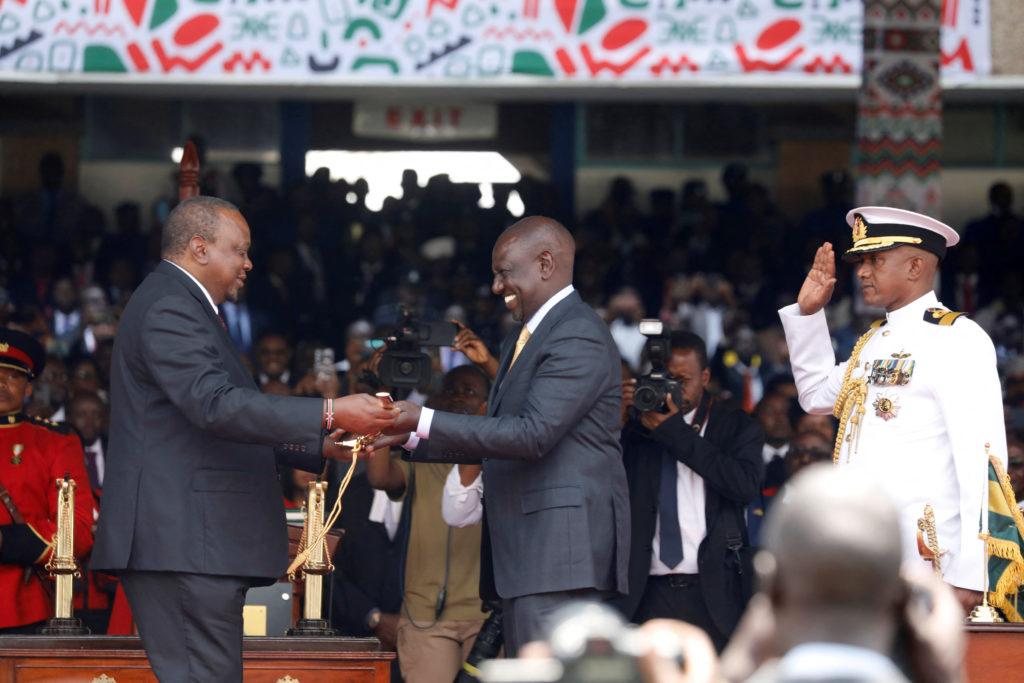
: Analyse President William Ruto’s leadership in Kenya, focusing on economic reforms, political strategies, and social challenges shaping the nation’s future.
Kenya’s President William Ruto, in office since September 2022, has faced mixed reviews regarding his leadership, particularly on economic, political, and social fronts.
Bold reforms, mounting challenges, and a mixed reception among citizens have marked his administration.
Economic Landscape
Ruto inherited an economy grappling with high debt levels ($69 billion), inflation, and global crises such as the COVID-19 pandemic and the Ukraine war.
Despite efforts to stabilise the economy, including introducing new taxes and eliminating fuel subsidies to secure loans from the IMF and World Bank, these measures have strained ordinary Kenyans.
Household essentials, including sugar and beans, saw price hikes up to 61% and 30%, respectively. Inflation moderated to 6.7% in August 2023, but economic growth is projected to be slower than the 4.8% recorded in 2022
.Key initiatives such as the “Hustler Fund,” aimed at empowering small-scale entrepreneurs, have not delivered the expected outcomes, with some analysts like Ken Gichinga calling Ruto’s economic policies “ineffective.”
However, Ruto has also promoted local manufacturing and reduced reliance on imports to support job creation.
.
Political Strategy
On the political front, Ruto has shown determination to fight corruption.
His administration has introduced measures to track government spending and eliminate payroll fraud through a Unified Personal Identification system.
He has also emphasised accountability, stating, “We shall levy a surcharge against any officer who causes a loss of public resources.” However, critics question the effectiveness of these reforms, especially in light of continued economic hardships
Ruto’s administration faced opposition-led protests over rising living costs, which turned deadly, leaving 50 people dead.
These tensions underscore the political divisions and challenges in delivering tangible benefits to Kenyans
.Social Impact
Socially, Ruto’s policies have had polarising effects. While he champions global issues like climate change, hosting a major summit that attracted billions in clean energy investments, critics argue that his focus on international engagements has left domestic issues, such as food insecurity and unemployment, unresolved.
Analysts like Nerima Wako-Ojiwa emphasise that many Kenyans are now struggling with basic needs like food, highlighting a disconnect between the administration’s priorities and grassroots realities
.Broader Context and Future
Ruto has positioned himself as a reformer, focusing on transparency and economic restructuring.
However, his administration faces the twin challenge of delivering immediate relief to struggling Kenyans while maintaining long-term fiscal responsibility.
Supporters like Joseph Mwiti argue that transformative policies take time to bear fruit, reflecting cautious optimism about Ruto’s leadership.
In sum, President Ruto’s tenure has been characterised by ambitious reforms and significant headwinds. The success of his administration will depend on balancing economic recovery, political stability, and social equity in the coming years.
-
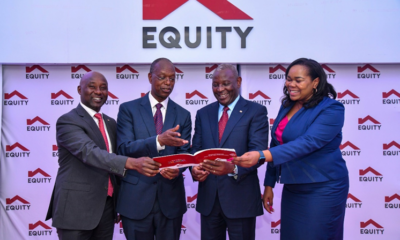
 Business & Money9 months ago
Business & Money9 months agoEquity Group Announces Kshs 15.1 Billion Dividend Amid Strong Performance
-

 Politics4 months ago
Politics4 months agoFred Okengo Matiang’i vs. President William Ruto: A 2027 Election Showdown
-
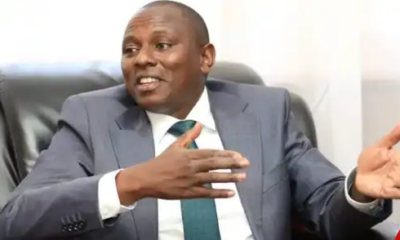
 Politics3 months ago
Politics3 months agoIchung’wah Faces Mt. Kenya Backlash Over Gachagua Impeachment Support
-
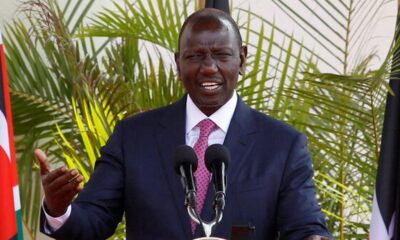
 Politics6 months ago
Politics6 months agoPresident Ruto’s Bold Cabinet Dismissal Sparks Hope for Change
-
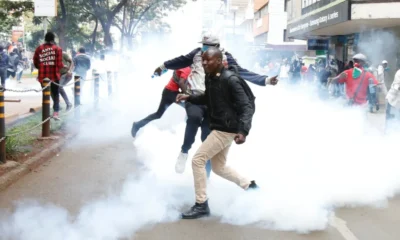
 Politics6 months ago
Politics6 months agoKenya Grapples with Investor Confidence Crisis Amid Tax Protest Fallout
-
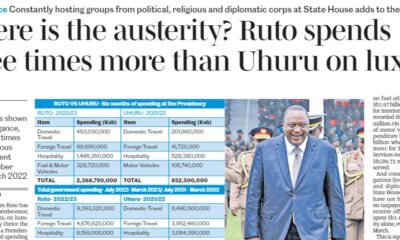
 Politics6 months ago
Politics6 months agoPresident Ruto’s Lavish Spending Amid Kenya’s Economic Struggles Sparks Outrage
-

 Business & Money2 months ago
Business & Money2 months agoMeet Kariuki Ngari: Standard Chartered Bank’s new CEO of Africa. What’s Next?
-

 Politics5 months ago
Politics5 months agoJohn Mbadi Takes Over Kenya’s Treasury: Challenges Ahead





